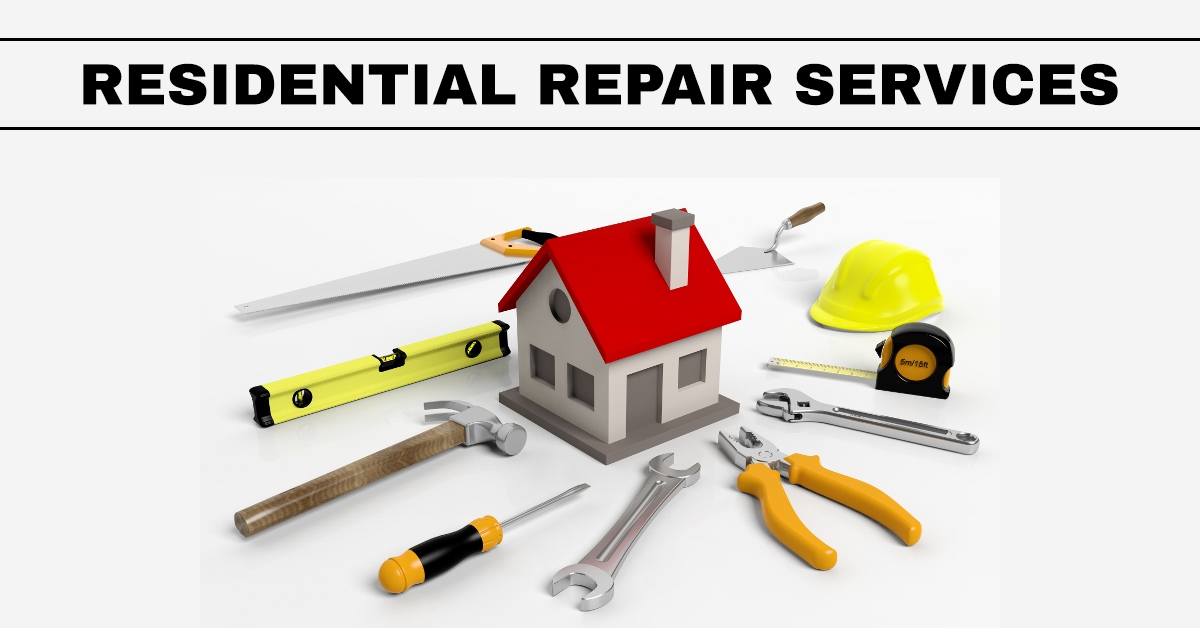Understanding Internet Service Types
Choosing the right internet service for your home involves comparing various technologies. Each type has its own benefits and limitations based on speed, availability, and cost in your area.

Cable vs. DSL vs. Satellite vs. Fiber
Cable Internet
Cable internet uses coaxial cables, similar to cable TV, and provides high-speed internet. It’s widely available in urban and suburban areas, but speeds can vary during peak usage times.
DSL (Digital Subscriber Line)
DSL uses telephone lines to deliver internet service. It’s typically slower than cable but offers stable speeds since it doesn’t share bandwidth with neighbors. DSL is often available in rural areas.
Satellite Internet
Satellite internet connects via a dish, making it accessible in remote areas. However, weather conditions and high latency can affect performance, particularly for activities like video calls or gaming.
Fiber Internet
Fiber internet delivers data through fiber-optic cables, offering the fastest speeds and minimal interference. While availability is limited to certain areas, it’s growing, making it ideal for heavy internet users. Costs can be higher, but the performance is unmatched.
Fixed Wireless and 5G Home Internet
Fixed Wireless Internet
Fixed wireless internet is delivered through radio signals from a nearby antenna. It requires a line of sight to the broadcast site and is ideal for areas where wired connections are impractical. Speeds are solid for general usage.
5G Home Internet
5G home internet offers wireless broadband using the latest 5G cellular networks. It provides high speeds and low latency, suitable for most online activities. While coverage is still expanding, availability is growing in urban and suburban areas as infrastructure develops.
Evaluating Connectivity and Performance
Choosing the right internet service means looking at many factors to ensure the best connectivity. Pay close attention to speed, data limits, and network reliability, which greatly affect your online experience.
Internet Speed and Data Caps
Internet speed is often measured in megabits per second (Mbps). This measures how quickly you can download or upload data. Most homes require speeds between 25 to 100 Mbps for smooth streaming and browsing.
Consider internet speed if your household has multiple devices connected simultaneously. High-speed connections, like those from fiber-optic providers, offer symmetrical upload and download speeds. Unlimited data plans prevent overage charges and throttled speeds, which are risks with data caps. Thus, if you use data-heavy services, ensure your plan supports your needs without additional costs.
Reliability and Network Coverage
A reliable internet connection is essential for both work and leisure activities. Reliability often depends on the provider’s infrastructure and support system. Fiber-optic and cable internet generally offer more dependable connections than satellite or DSL.
Network coverage is also crucial. Verify if the provider covers your area, as some companies, like Verizon Fios, have limited availability. Read customer reviews and ask about uptime guarantees to assess reliability. Knowing a provider’s track record can help avoid frequent outages. This provides a seamless experience, preventing interruptions during important tasks or entertainment.
Cost Considerations for Home Internet
Finding the right internet service includes understanding costs like monthly fees and contracts, as well as how bundling services might save money. Making an informed decision can help you avoid unexpected expenses.
Pricing, Fees, and Contracts
When choosing an internet provider, pay close attention to pricing structures. Monthly costs differ based on speed and data limits. Equipment fees, such as renting a modem, often add to the bill. It’s important to know if your plan has a data cap that could result in extra charges if exceeded.
Contracts also play a key role. Many providers offer discounts with annual contracts, but this can mean penalties for early termination. Watch out for introductory offers that might increase after a certain period. Ensure you understand all terms before signing.
Bundling Services and Promotional Offers
Bundling services, like internet, TV, and phone, can offer significant savings. Providers often give discounts when multiple services are combined. This can be a good option if you’re using these services anyway, but it’s wise to weigh if the bundled features are useful to you.
Promotional offers are another factor. Companies may provide reduced rates for new customers or allow a discount for the first few months. Though these deals reduce immediate costs, be aware of how prices shift after the promotional period ends. Carefully evaluate whether the long-term cost is beneficial.
Choosing the Right Provider for Your Needs
Selecting an internet service provider (ISP) involves comparing top providers and evaluating their plans, coverage, and support services. Here’s how to choose the best ISP for your home and budget.
Comparing Top Internet Service Providers
Several leading ISPs offer distinct benefits. Here’s a comparison of popular options:
- AT&T: Known for value pricing and high-speed options, making it a favorite for many households.
- Spectrum and Xfinity: Popular for their wide coverage areas and a variety of package options.
- Google Fiber: Offers lightning-fast fiber-optic speeds but is limited to select areas.
- Verizon Fios: Provides excellent fiber-optic speeds, especially in urban regions.
- Cox: A reliable choice for cable internet in both urban and suburban areas.
- HughesNet and Starlink: Ideal for rural locations, offering satellite connectivity for hard-to-reach areas.
- Optimum: Known for flexibility, competitive pricing, and solid service packages.
Your choice should depend on location, budget, and specific internet needs.
Customer Service and Technical Support
Quality customer service is essential for resolving issues and maintaining uninterrupted internet access. Here’s how leading ISPs stack up:
- AT&T, Xfinity, and Verizon Fios: Consistently high customer satisfaction ratings due to responsive support teams.
- Spectrum and Google Fiber: Reliable customer support, with Google Fiber noted for its straightforward setup.
- Cox and Optimum: Offer solid 24/7 support, online resources, and multiple contact options.
Look for ISPs offering phone, chat, or email support for quicker resolutions. Research recent customer reviews to confirm the provider’s consistency in delivering dependable service.
Frequently Asked Questions
Choosing the best home service providers involves considering several factors. It’s crucial to evaluate cost, experience, quality of service, and provider credentials. Below are common questions that can help guide you.
What criteria should I consider when selecting a home care provider?
You should consider the provider’s reputation, services offered, and costs. Look into their experience, accreditation, and customer reviews.
What are the signs of a reputable home care provider?
A reputable provider has positive reviews, proper accreditation, and transparent pricing. They maintain clear communication and have qualified staff.
How do I evaluate the quality of home health care services?
Evaluate quality through customer testimonials, ratings, and speaking directly with past clients. Additionally, ask about the provider’s standards and protocols.
What should I expect in terms of cost and coverage when choosing a home service provider?
Costs vary widely based on services offered. Expect clear breakdowns of fees and inquire about insurance or bundling discounts.
How can I verify the accreditation and certifications of a home service provider?
Check with relevant trade organizations and look for online verification tools. Providers should willingly provide certification and accreditation details.
What are the best ways to compare and contrast different home care providers?
Use online comparison tools, read reviews, and discuss with people who have used the services. Also, directly contact providers with specific questions to gauge responsiveness.



